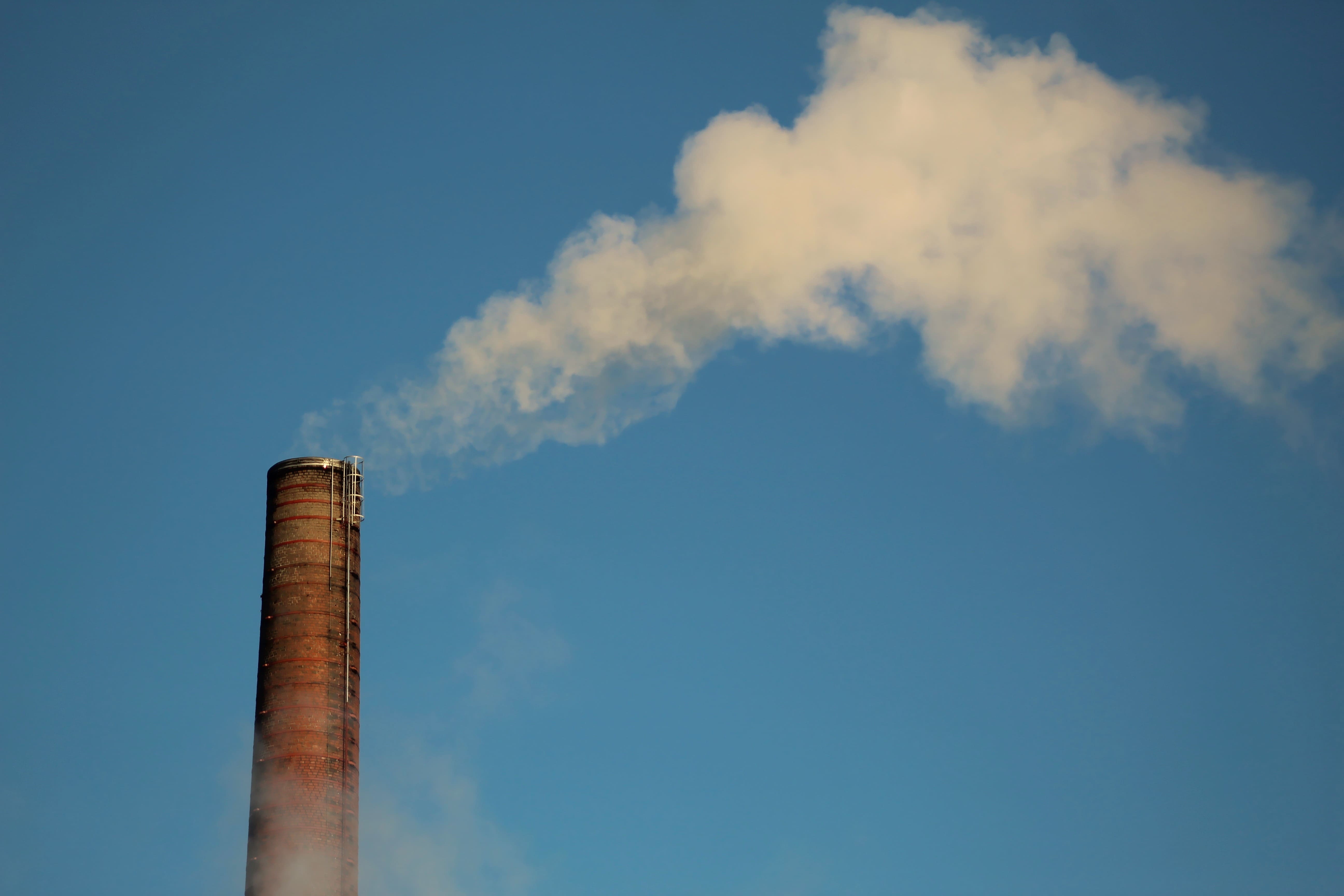
09/05/2023
The implementation of an Industrial Symbiosis model could reduce the emission of greenhouse gases
A study led by C5Lab researcher Francisco Capucha, in partnership with researchers from the Institute of Welding and Quality and the IN+ Center for Innovation, Technology and Policy Research, concludes that the implementation of an industrial symbiosis model in the European cement industry can reduce, by 6 to 12%, the emission of greenhouse gases. This reduction depends on the approach to biogenic carbon (non-fossil origin) since its use can substantially influence the results.
The article, published in the “International Journal of Life Cycle Assessment”, presents a set of scenarios for implementing an Industrial Symbiosis model in the cement sector, at the European level, based on a literature review and expert consultation. A life cycle assessment–based analytical framework is developed to evaluate the impact of those measures in the cement sector, with a viability study dedicated to these scenarios.
Industrial Symbiosis is a circular economy model which consists of sharing materials, resources, and waste between industries.
Read the full scientific paper here.

